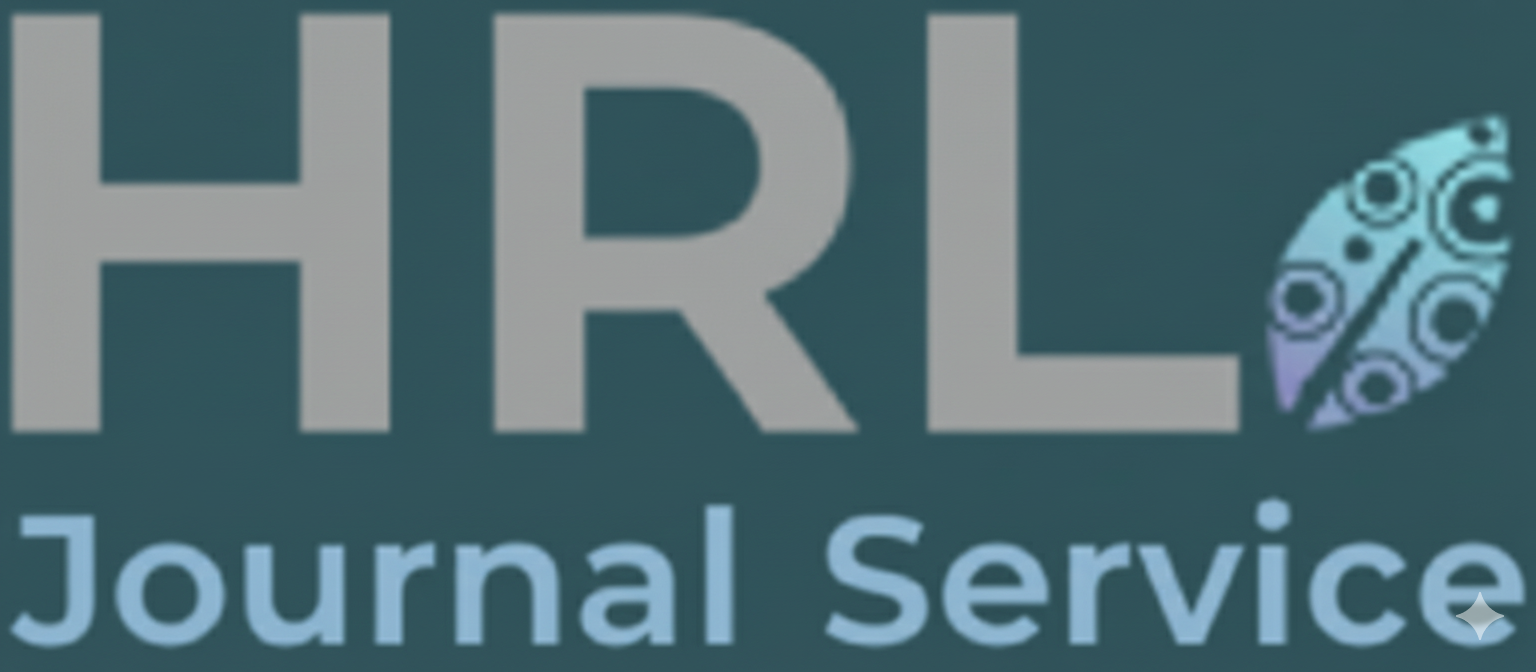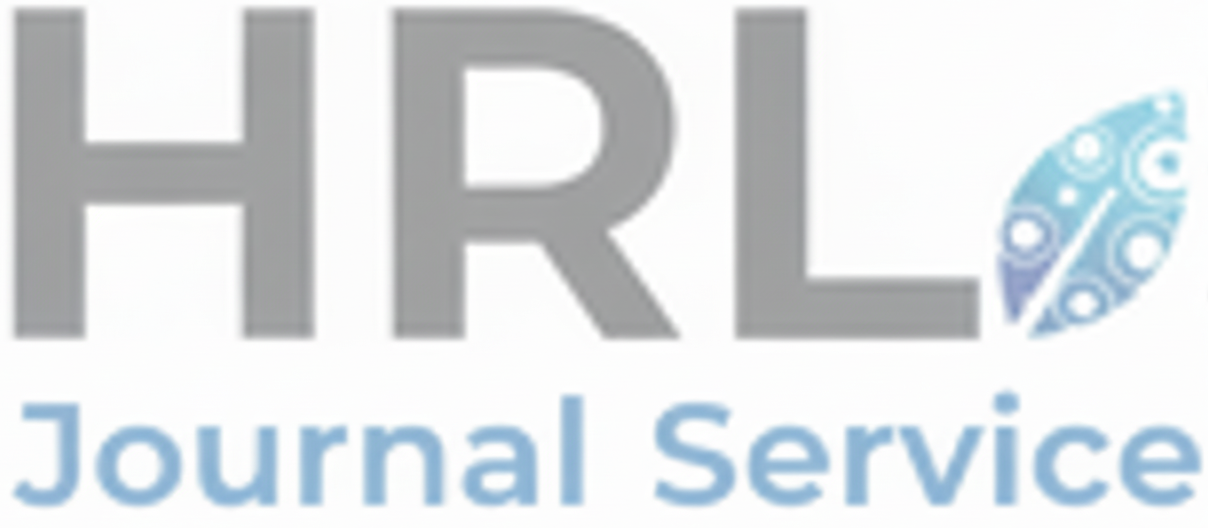Social Profile of Illicit Alcohol Consumers
Keywords:
Illicit alcohol consumption, social profiles, frequency of use, quantity consumedAbstract
This paper examines the association between social profiles and illicit alcohol consumption in Embakasi East, Nairobi, focusing on two key indicators: frequency of visits to illicit alcohol outlets and quantity consumed per session. Using a quantitative cross-sectional design, data were collected from 119 current and former consumers through structured surveys. This paper shows that males (80%), unmarried individuals (75%), and adults aged 30–39 (46%) were significantly more likely to visit illicit alcohol outlets more than five times per week. Similarly, high-volume consumption; over 4 litres per visit was most prevalent among males (30%), individuals with no formal education (55%), low-income earners earning less than KES 10,000 (50%), and the unmarried (70%). The type of illicit alcohol consumed showed no significant association with either frequency or volume. These findings offer a granular social profile of high-risk consumers and underscore the need for targeted, socially informed interventions beyond conventional regulatory approaches.
Downloads
References
Andrienko, Y., & Nemtsov, A. (2005). Estimation of individual demand for alcohol. Economics Education and Research Consortium: Russia and CIS.
Bezuidenhout, D. (2018). Validation of the general anxiety disorder-7 in a non-clinical sample of South African employees [Master’s thesis, University of Johannesburg].
Boschuetz, N., Cheng, S., Mei, L., & Loy, V. M. (2020). Changes in alcohol use patterns in the United States during COVID-19 pandemic. WMJ, 119(3), 171–176.
Castaño-Perez, G. A., & Calderon-Vallejo, G. A. (2014). Problems associated with alcohol consumption by university students. Revista Latino-Americana de Enfermagem, 22, 739–746.
Clements, W., & Selvanathan, S. (1991). The economic determinants of alcohol consumption. Economic Research Centre. The University of Western Australia.
de Felício, C. M., Folha, G. A., Ferreira, C. L. P., & Medeiros, A. P. M. (2010). Expanded protocol of orofacial myofunctional evaluation with scores: Validity and reliability. International Journal of Pediatric Otorhinolaryngology, 74(11), 1230–1239.
Ellard-Gray, A., Jeffrey, N. K., Choubak, M., & Crann, S. E. (2015). Finding the hidden participant: Solutions for recruiting hidden, hard-to-reach, and vulnerable populations. International Journal of Qualitative Methods, 14(5), 1609406915621420.
Gitatui, M., Kimani, S., Muniu, S., & Okube, O. (2019). Factors influencing harmful alcohol consumption among adults living in urban slums in Kenya. African Health Sciences, 19(4), 2906–2925. https://doi.org/10.4314/ahs.v19i4.12
Govaert, G., & Nadif, M. (2018). Mutual information, phi-squared and model-based co-clustering for contingency tables. Advances in Data Analysis and Classification, 12(3), 455–488.
Kihuria, N. (2012). Genesis of illicit brews and the untold agony. The Standard. https://www.standardmedia.co.ke/article/2000104599/genesis-of-illicit-brews-and-the-untold-agony
Kinoti, J., & Harper, T. (2011). Illicit Alcohol Use in Rural Kenya. Nairobi: National Agency for the Campaign Against Drug Abuse (NACADA).
Mutisya, C., & Justin, K. (2009). Household income and alcohol consumption in Kenya. Journal of African Economies, 18(2), 234–251.
Qian, L., Newman, I. M., Yuen, L. W., Shell, D. F., & Xu, J. (2018). Variables associated with alcohol consumption and abstinence among young adults in Central China. International Journal of Environmental Research and Public Health, 15(8), 1675. https://doi.org/10.3390/ijerph15081675
Ren, H., Guo, W., Zhang, Z., Kisovi, L. M., & Das, P. (2020). Population density and spatial patterns of informal settlements in Nairobi, Kenya. Sustainability, 12(18), 7717. https://doi.org/10.3390/su12187717
Rutterford, C., Copas, A., & Eldridge, S. (2015). Methods for sample size determination in cluster randomized trials. International Journal of Epidemiology, 44(3), 1051–1067. https://doi.org/10.1093/ije/dyv113
Wakeman, S. E., Herman, G., Wilens, T. E., & Regan, S. (2020). The prevalence of unhealthy alcohol and drug use among inpatients in a general hospital. Substance Abuse, 41(3), 331–339. https://doi.org/10.1080/08897077.2019.1635961
Wu, B., Mao, Z. F., Rockett, I. R., & Yue, Y. (2008). Socioeconomic status and alcohol use among urban and rural residents in China. Substance Use & Misuse, 43(7), 952–966.
Wu, C., Thompson, M. E., Wu, C., & Thompson, M. E. (2020). Stratified sampling and cluster sampling. In Sampling theory and practice (pp. 33–56). Springer.
Downloads
Published
Issue
Section
License
Copyright (c) 2025 Cherpka, Okumu (Author)

This work is licensed under a Creative Commons Attribution 4.0 International License.





